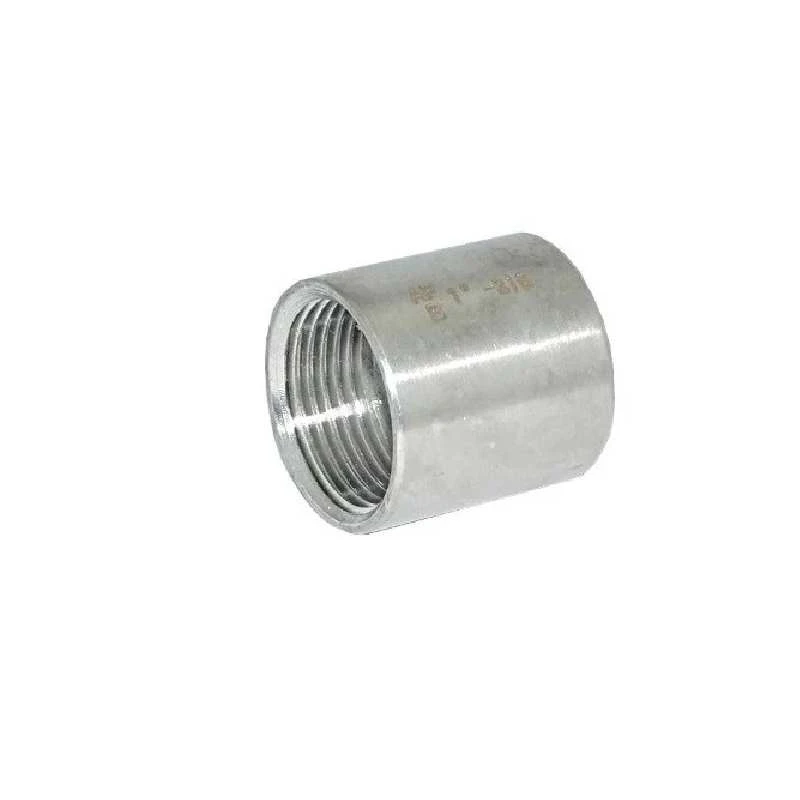-
Cangzhou Yulong Steel Co., Ltd.
-
Phone:
+86 13303177267 -
Email:
admin@ylsteelfittings.com
- English
- Arabic
- Italian
- Spanish
- Portuguese
- German
- kazakh
- Persian
- Greek
- French
- Russian
- Polish
- Thai
- Indonesian
- Vietnamese
- Zulu
- Korean
- Uzbek
- Hindi
- Serbian
- Malay
- Ukrainian
- Gujarati
- Haitian Creole
- hausa
- hawaiian
- Hebrew
- Miao
- Hungarian
- Icelandic
- igbo
- irish
- Japanese
- Javanese
- Kannada
- Khmer
- Rwandese
- Afrikaans
- Albanian
- Amharic
- Armenian
- Azerbaijani
- Basque
- Belarusian
- Bengali
- Bosnian
- Bulgarian
- Catalan
- Cebuano
- China
- China (Taiwan)
- Corsican
- Croatian
- Czech
- Danish
- Esperanto
- Estonian
- Finnish
- Frisian
- Galician
- Georgian
- Kurdish
- Kyrgyz
- Lao
- Latin
- Latvian
- Lithuanian
- Luxembourgish
- Macedonian
- Malgashi
- Malayalam
- Maltese
- Maori
- Marathi
- Mongolian
- Myanmar
- Nepali
- Norwegian
- Norwegian
- Occitan
- Pashto
- Dutch
- Punjabi
- Romanian
- Samoan
- Scottish Gaelic
- Sesotho
- Shona
- Sindhi
- Sinhala
- Slovak
- Slovenian
- Somali
- Sundanese
- Swahili
- Swedish
- Tagalog
- Tajik
- Tamil
- Tatar
- Telugu
- Turkish
- Turkmen
- Urdu
- Uighur
- Welsh
- Bantu
- Yiddish
- Yoruba

Nov . 19, 2024 10:04 Back to list
DIN Flange PN16 Specifications and Applications in Industrial Settings
Understanding DIN Flange PN16 A Comprehensive Guide
Flanges play a crucial role in piping systems, serving as connections between pipes, valves, and other components. Among the various types of flanges available, the DIN flange PN16 is widely used in various industrial applications due to its reliability and standardized design. This article aims to provide a detailed understanding of DIN flanges, particularly the PN16 variant.
What is a DIN Flange?
DIN flanges are defined by the Deutsches Institut für Normung (German Institute for Standardization), which establishes quality and safety standards for industrial components. These flanges are typically categorized by their nominal pressure ratings, which indicate the maximum pressure they can withstand at a certain temperature. The DIN standard ensures that components are interchangeable, promoting uniformity in manufacturing and installation across various industries.
Understanding the PN16 Rating
The PN in PN16 stands for Pressure Nominal, which denotes the pressure rating of the flange. A PN16 flange can handle a maximum pressure of 16 bar, equivalent to approximately 232 psi. This rating is crucial for designers and engineers when selecting flanges for specific applications, as it ensures that the chosen flange can withstand operating pressures without risk of failure.
Material and Design Specifications
DIN flanges, including the PN16 variety, are manufactured from various materials such as carbon steel, stainless steel, and ductile iron, depending on the application environment and required durability. The most common materials, particularly for PN16 flanges, include
- Carbon Steel Ideal for general usage in systems that do not require high resistance to corrosion. - Stainless Steel Preferred for applications involving corrosive fluids or environments, due to its superior resistance to oxidation and corrosion. - Ductile Iron Often used for more demanding applications requiring enhanced toughness and strength.
din flange pn16

The design of DIN flanges follows strict geometrical specifications outlined in the relevant DIN standards. For PN16 flanges, the dimensions, bolt holes, and surface finishes are standardized, ensuring compatibility with other DIN-compliant components. Typically, these flanges are available in various sizes, making them adaptable to different pipe diameters.
Applications of DIN Flange PN16
DIN flange PN16 is commonly used in a wide range of industries, including
- Water Supply and Sewage Their ability to handle pressure makes them suitable for municipal water supply systems, sewage treatment plants, and similar applications. - Chemical Processing Due to the option of using corrosion-resistant materials, PN16 flanges are frequently employed in chemical transport systems. - HVAC Systems In heating, ventilation, and air conditioning systems, these flanges support connections in various piping configurations to maintain efficient functionality. - Oil and Gas Their robust design makes them suitable for upstream and downstream applications in the oil and gas industry.
Installation and Maintenance Tips
Proper installation and maintenance of DIN flanges are essential to ensure their longevity and reliability. Some best practices include
1. Surface Preparation Ensure that the surfaces of both the flange and the mating pipe are clean and free from any debris or corrosion to ensure a good seal. 2. Gasket Selection Use an appropriate gasket material based on the fluid being transported and the operating temperature and pressure. 3. Torque Specifications Follow the manufacturer’s torque specifications when tightening bolts to avoid over-tightening, which can warp the flange or damage the gasket. 4. Regular Inspections Periodically check for leaks and signs of wear, particularly in high-pressure applications, to address any issues before they lead to significant failures.
Conclusion
DIN flange PN16 is a reliable and versatile component widely employed in various industrial applications. Its standardization helps ensure compatibility and interchangeability, making it a preferred choice for engineers and designers. Understanding its specifications, applications, and maintenance practices can significantly enhance the efficiency and safety of piping systems. Whether it's for water supply or chemical processing, the DIN flange PN16 stands as a testament to the importance of quality engineering in our infrastructure.
Latest news
-
ANSI 150P SS304 SO FLANGE
NewsFeb.14,2025
-
ASTM A333GR6 STEEL PIPE
NewsJan.20,2025
-
ANSI B16.5 WELDING NECK FLANGE
NewsJan.15,2026
-
ANSI B16.5 SLIP-ON FLANGE
NewsApr.19,2024
-
SABS 1123 FLANGE
NewsJan.15,2025
-
DIN86044 PLATE FLANGE
NewsApr.19,2024
-
DIN2527 BLIND FLANGE
NewsApr.12,2024
-
JIS B2311 Butt-Welding Fittings LR/SR 45°/90° /180°Seamless/Weld
NewsApr.23,2024











